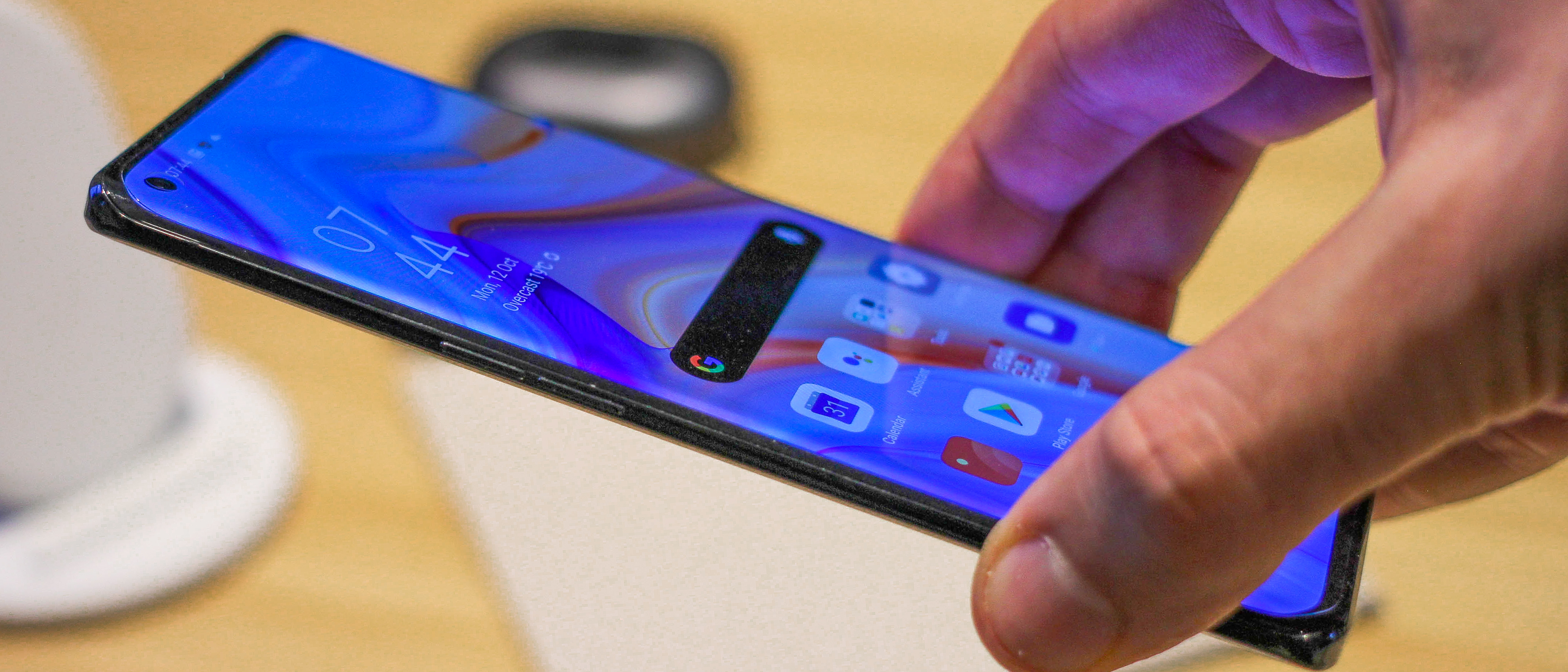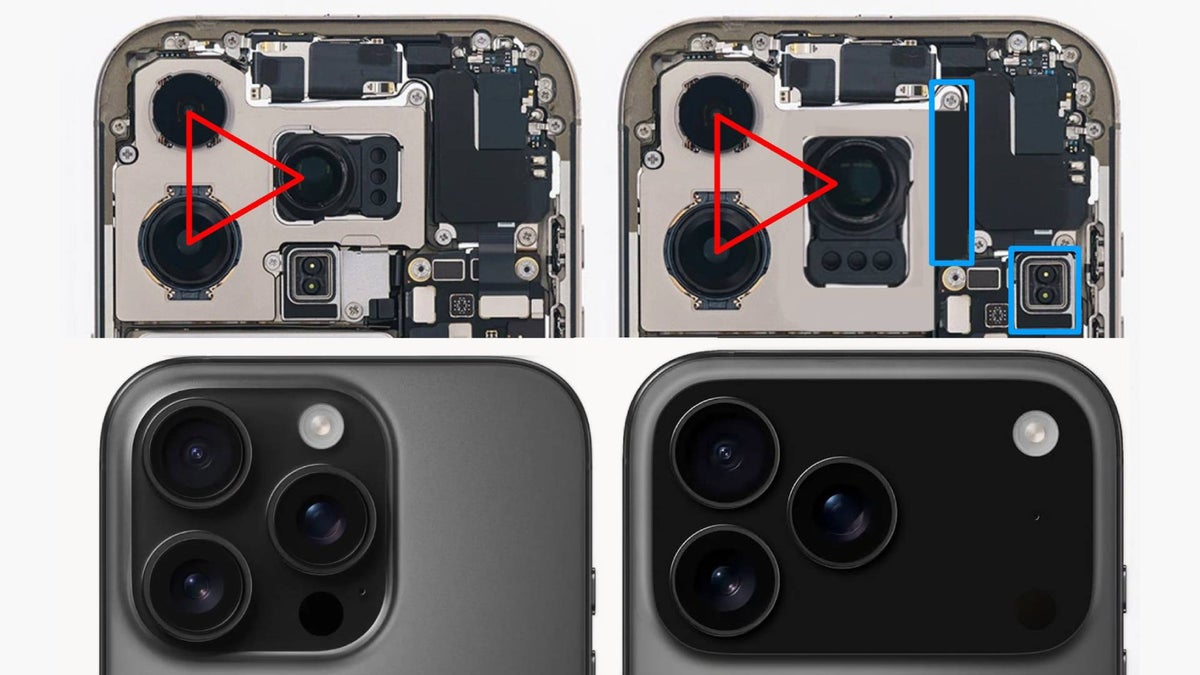Digital Camera World Verdict
The Oppo Reno 4 Pro is one of the thinnest phones around, and combines that litheness with premium design, a competent camera system, and a stunning screen. While it definitely isn’t without its highlights, costing £699 (roughly $900), it’s the most expensive Snapdragon 765G phone you can buy that doesn’t fold. Still, if you don’t care about brute force for gaming, and want a solid user experience combined with fast charging, it could be all the phone you need
Pros
- +
Beautifully thin and tapered design
- +
Charges in under 40 minutes
- +
Lots of storage
Cons
- -
Low horsepower for gaming
- -
Competent, not class-leading camera
- -
Expensive
Why you can trust Digital Camera World
Oppo has served up two flagship camera phones since the brand launched its smartphone line in Europe in 2019: the Reno 10X Zoom and the Find X2 Pro. Both excellent camera phones, they impressed with mighty zooms, and the Find X2 Pro even debuted Sony’s brand new sensor, the IMX 689 when it launched in early 2020. Despite costing £699 (approximately $900), the new Reno 4 Pro 5G isn’t a flagship. Instead, it’s a premium mix of high-end and midrange, aiming for anyone who values style over supercharged internals.
Launched alongside the Reno 4 and Reno 4Z, the Reno 4 Pro sits at the top of Oppo’s latest line. It packs a gorgeous, big screen, amongst the thinnest designs on any current-gen phone, and seriously nippy charging — 65W, which translates to a full tank in under 40 minutes.
What the Reno 4 Pro also sports is a midrange processor, a very (very) familiar camera sensor, the IMX 586, which has been around for years, and a 52mm telephoto camera - no 5x zoom equivalent here. Without flagship specs across the board, can its premium design elevate it enough to justify its £699 price; or is Oppo getting too punchy with its pricing?
Design and screen
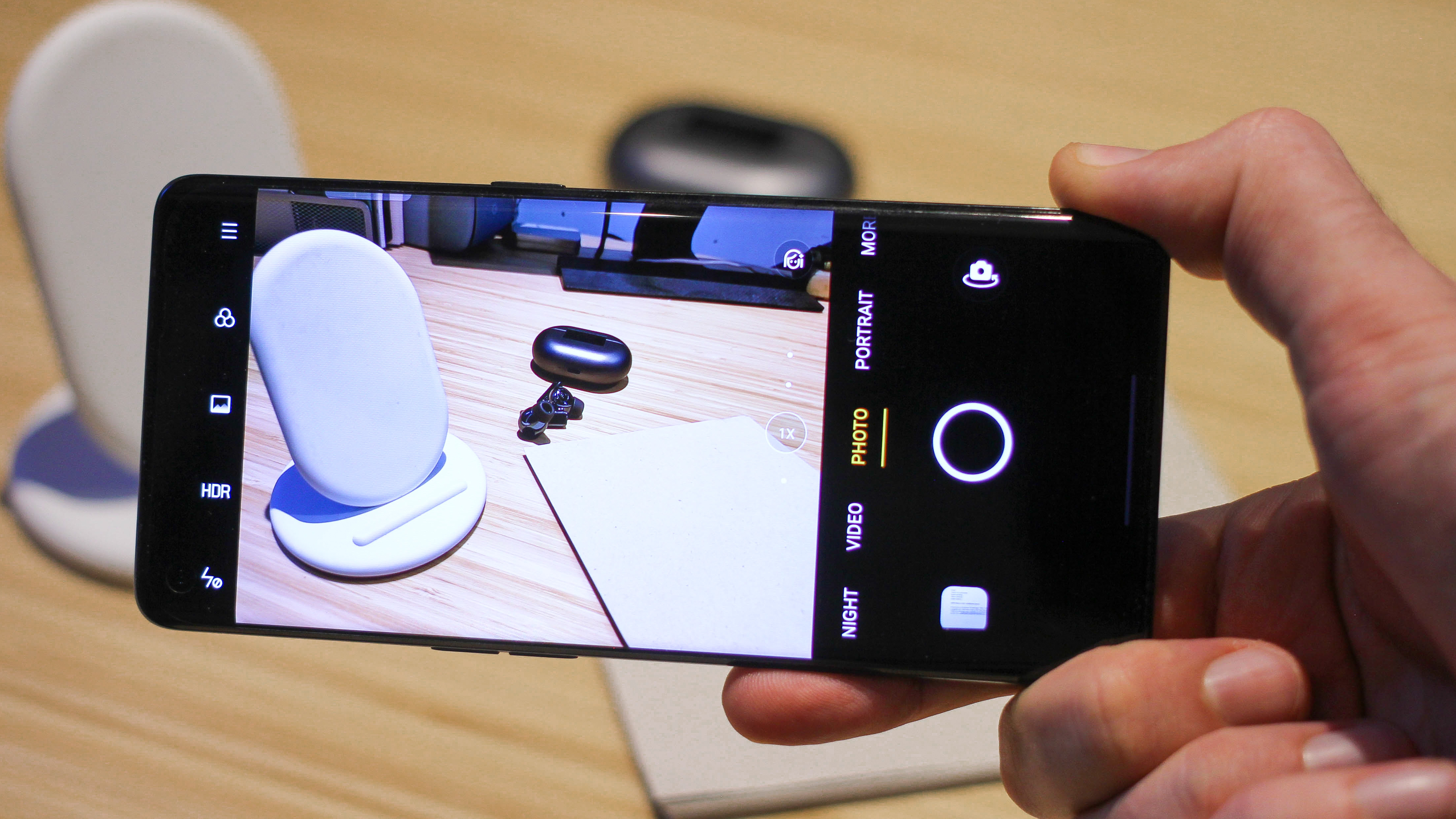
At 7.6mm thin, the first thing that hits you about the Reno 4 Pro is its size - it’s thin, it’s light, and it’s tall, so feels like a solid glass sheet of a smartphone. Weighing just 172g, with curved Gorilla Glass 6 on the front and back, in-hand, the Reno 4 Pro feels strikingly different to most phones launched. That said, its formula is a familiar one: glass front, glass back, and metal frame. The styling is reminiscent of the OnePlus 7 Pro, only more refined and thinner, and it’s available in Galactic Blue or Space Black. The Space Black version we have is a fingerprint magnet, but if you opt for a Galactic Blue Reno 4 Pro, its matte finish fends of smudges like a champ.
At the base of the phone, a USB-C port is bookended by a SIM slot and a loudspeaker. Around the back, the slight two-tiered camera bump looks tasteful, and on the front, other than a tiny punch hole camera, the Reno 4 Pro is all screen.
Curved on both sides, the 6.55-inch screen has tiny side bezels and only slightly larger top and bottom bezels. With a resolution of 1080 x 2400, the 20:9 aspect ratio follows the long phone trend of 2020. More noteworthy than the resolution is the screen tech itself. Oppo put an AMOLED panel with HDR10+ support and a 90Hz refresh rate in the Pro. Accordingly, colors are zingy, blacks are inky and scrolls and swipes look mightily smooth — it’s a great screen.
Cameras
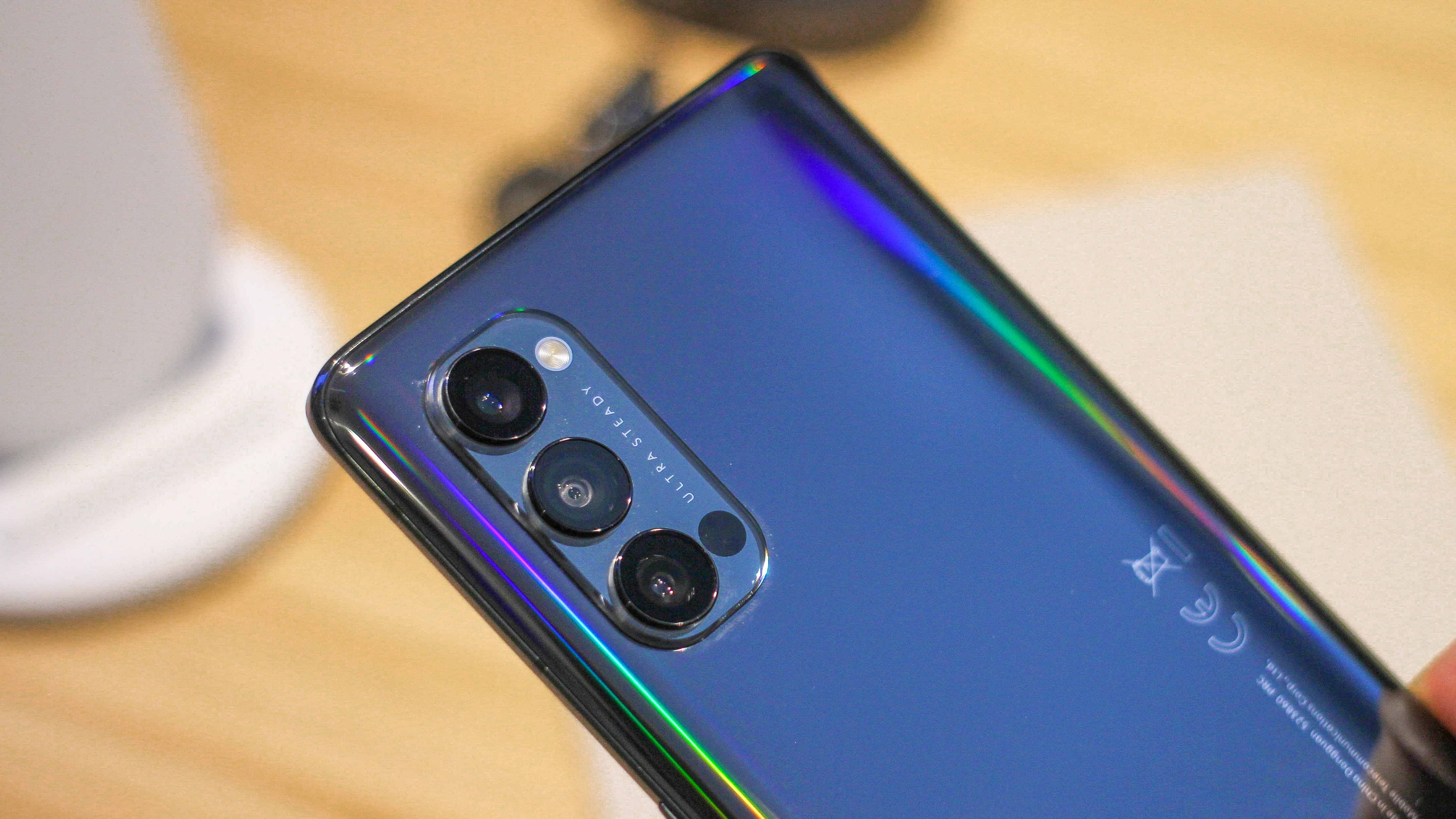
The Oppo Reno 4 Pro’s main camera is a made up of a 48MP resolution IMX 586 sensor, paired with an f/1.7 aperture and a 26mm focal length. This is very standard fare, and we’ve seen it from Oppo many times. On the plus, this time, it’s matched with OIS, laser AF, and PDAF, suggesting picture clarity will be on-point.
There’s also a 13MP telephoto camera with a 52mm focal length and, once again, OIS, and the ultrawide camera sensor is a 12MP Sony IMX708 Sensor. With a 120-degree field of view, it grabs a lot in frame, but it also doubles up as a primary video camera, so sports AF, something oftentimes missing from ultrawides.
With a front camera resolution of 32MP and an f/2.4 lens, combined with a wide, but not ultrawide 26mm focal length, it shoots predictably framed, high-res photos which clock in at a sizeable 5-6MB each. The main camera shoots video at up to 4K (30fps), while the front camera’s video caps out at Full HD (30fps).
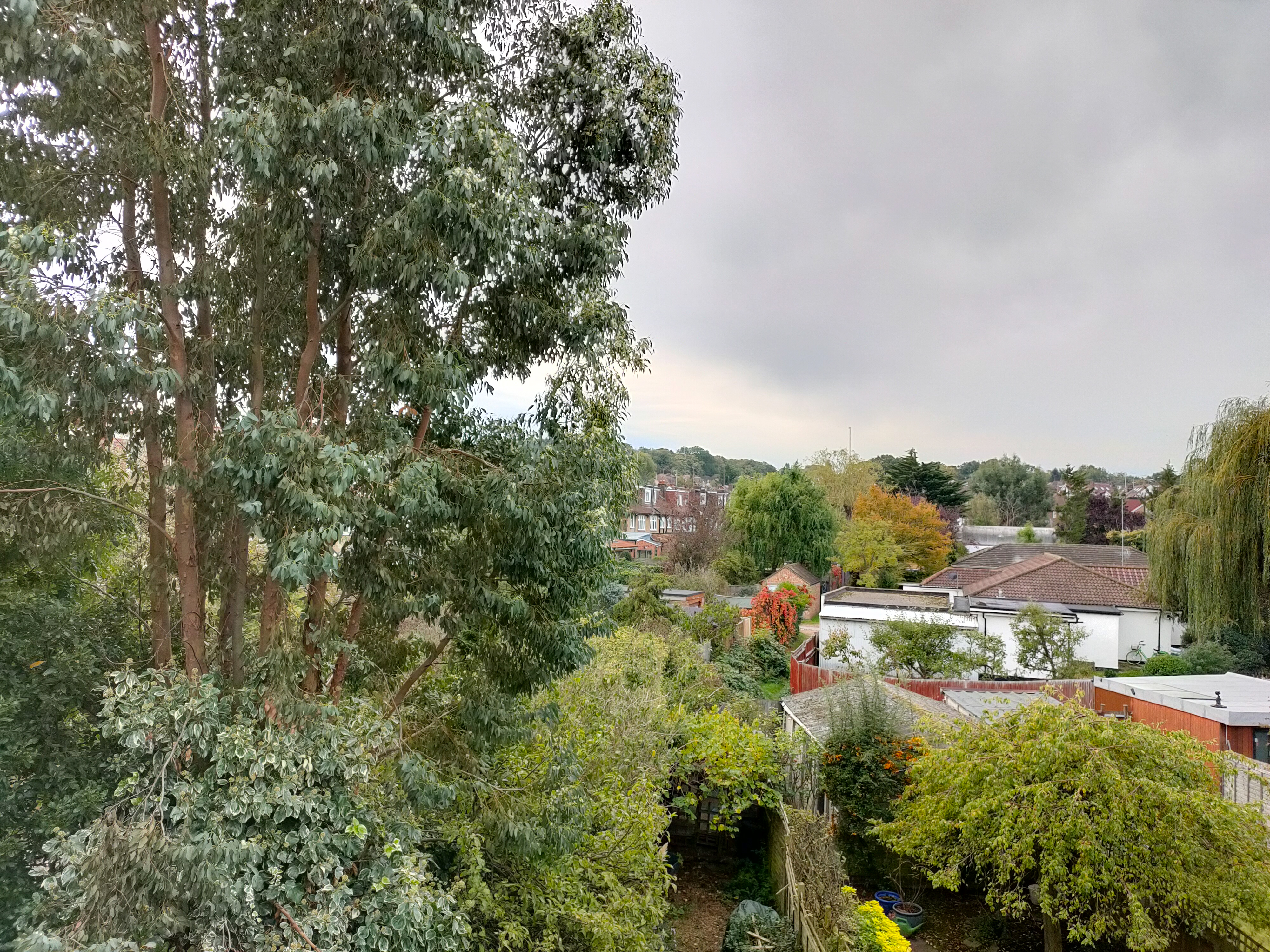

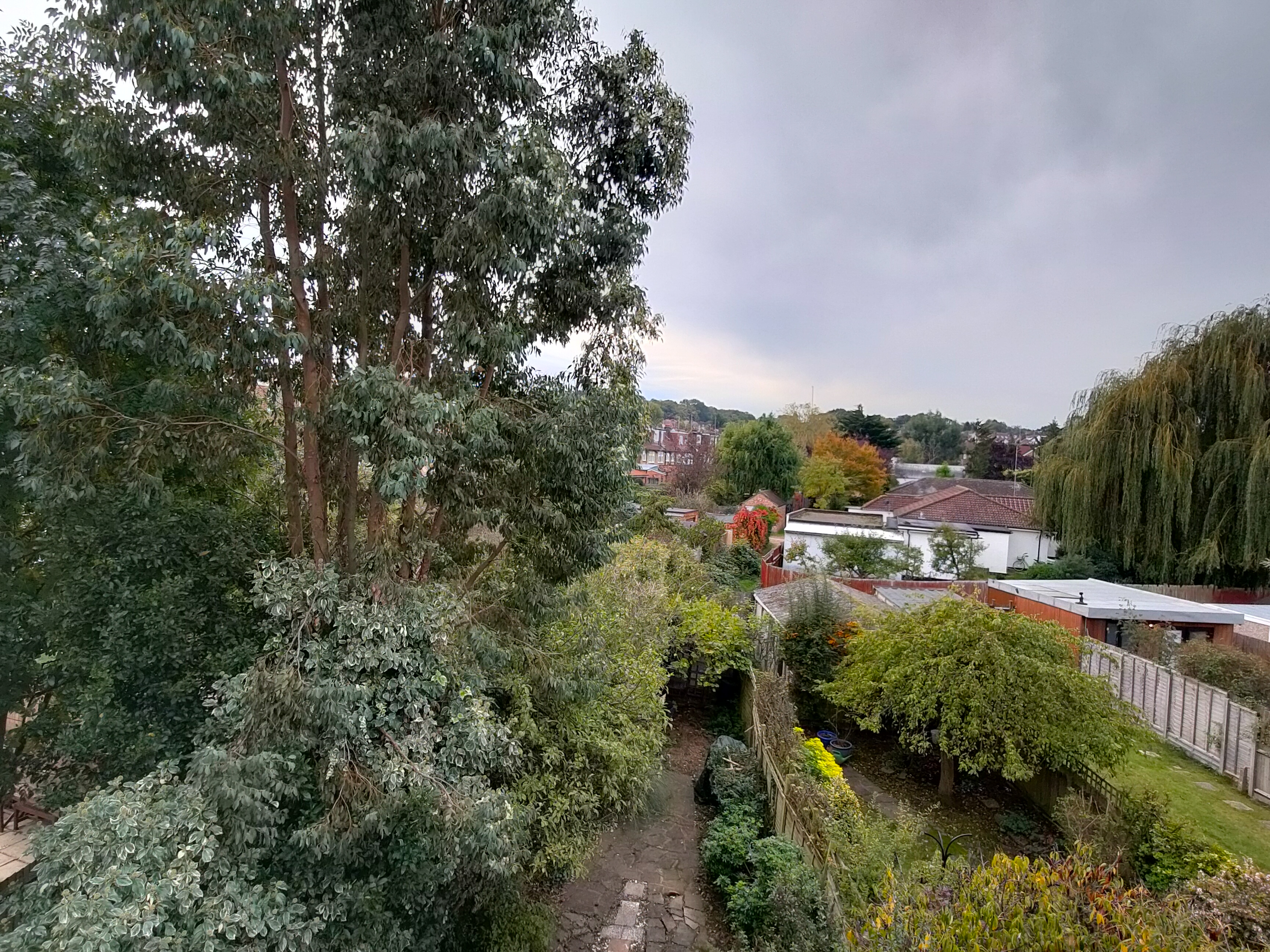
Camera performance
The Oppo Reno 4 Pro sports a standard set of shooting modes, including a pro mode that offers a shutter speed of up to 32 seconds and a max ISO of 6400.
Detail from the Reno 4 Pro isn’t an issue. Its focus tends to be on the money and its photos look sharp, giving plenty of scope to crop into them. The Reno doesn’t oversaturate pictures, which we love. In fact, Oppo has gotten color balance very right before in the Find X2 Pro, and we’re glad that carries over to the cameras on the Reno 4 Pro - all three of them.
Where the IMX 586 habitually falls behind some of the competition is occasionally dynamic range in darker scenes - specifically in darker areas of a shot. Black cat fur, mahogany tables, and general dark elements can blend. The Reno 4 Pro could be the best implementation of the IMX 586 we’ve seen, but the issue still arises on occasion. Noise is kept at bay well, and there’s a night mode that does a good job, but calling the Reno 4 Pro a best-in-class champion camera phone is a stretch, with phones like the P30 Pro now costing around £599.

The ultrawide camera on the Reno 4 Pro is a solid performer for photos, with clarity falling slightly behind that of the main camera, but it knocks it out of the park for video. Stabilisation is excellent, noise handling is decent and the EIS holds an indoor scene together beautifully for a smartphone. In fact, Oppo is taking stabilization to another level with this phone. Even if the photos don’t look clearer, the on-screen preview is held together like glue, giving you as the photographer more confidence in your shot.
As for the selfie camera, it’s sharp, it blurs out the background in portrait mode and it shoots video at Full HD, there isn’t too much else to say on the subject. With no autofocus or 4K capture, it isn’t standout but is completely competitive nonetheless.
Oppo Reno 4 Pro: Additional specs

Powered by a Qualcomm Snapdragon 765G, the Reno 4 Pro is capable of doing everything a flagship can, other than keep up the high frame rates of seriously intensive games. The 765G is a midrange chip, available on the Realme X50 5G (£299) and the OnePlus Nord (£379). That said, you’ll also find it on the foldable Motorola RAZR 5G 2020 (£1,399). For casual users, there are real benefits to a midrange chip — battery efficiencies and reduced cost to name a few. That said, instantly, if you’re a power-hungry buyer, the Reno 4 Pro’s internals might put you off.
What won’t put you off the Reno 4 Pro is its storage capacity. Shipping with 256GB as standard, there’s something to be said for a phone that will likely never give you a low storage warning. Additionally, the 12GB RAM helps the Snapdragon 765G along from a performance point of view.
With 5G mobile data speeds, the phone’s nicely future-proofed, and running Android 10, app support is excellent. Stereo speakers join forces with the stunning screen to deliver a great multimedia experience, and when you factor the phone’s well-oiled interface, the Reno 4 Pro is a pleasure to use.
As for that battery, with a 4,000mAh capacity, it lasts a working day easily, and a full day if using it casually. If you’re gaming on it, taking a huge number of photos or videos, or streaming video, a day will be pushing it though. That said, it charges incredibly quickly — 35 minutes gets you from zero to 100 percent thanks to Oppo’s 65W Super VOOC 2.0 tech. For context, a pricier iPhone 11 takes over three hours to charge with the supplied 5W charger.
Oppo Reno 4 Pro: Verdict

The Oppo Reno 4 Pro is a beauty in isolation. After all, it combines premium design, a gorgeous screen, stable performance, incredibly fast charging, and a decent camera, even if it isn’t one of the best camera phones of 2020.Competition is fierce though.
The $699/£699 Samsung Galaxy S20 FE 5G costs the same as the Reno but combines true-flagship power — a Snapdragon 865 with a sharper screen, wireless charging, and an IP water-resistant rating.
For $100/£100 less than the Reno 4 Pro, you could get the Pixel 5 5G. Google’s phone ditches the telephoto camera, fast charging, and halves the storage, but adds wireless charging and like the Pixel, adds an water-resistance to the mix. It also sports Google’s magic mix of photography software which makes it a dream point and shoot.
None of the aforementioned phones have the Reno’s style though. If it had a slightly stronger camera or cost a bit less, it would have been an instant no-brainer, despite its midrange power. As it stands, its punchy pricing will make it the right phone for a more specific type of user who cares less about specs and having the very best camera, and more about design and a great across the board smartphone experience.
Read more:
• Best camera phone in 2020
• Best budget camera phones
• Best iPhone for photography
• Best burner phone
• Best 5G phone
• Best phablets
• Best flip phones
• Best phablets
Basil Kronfli is a freelance technology journalist, consultant, and content creator. He trained in graphic design and started his career at Canon Europe before moving into journalism. Basil is also experienced in video production, independently running the YouTube channel TechEdit, and during his time at Future, he worked alongside the Digital Camera World team as a senior video producer.
